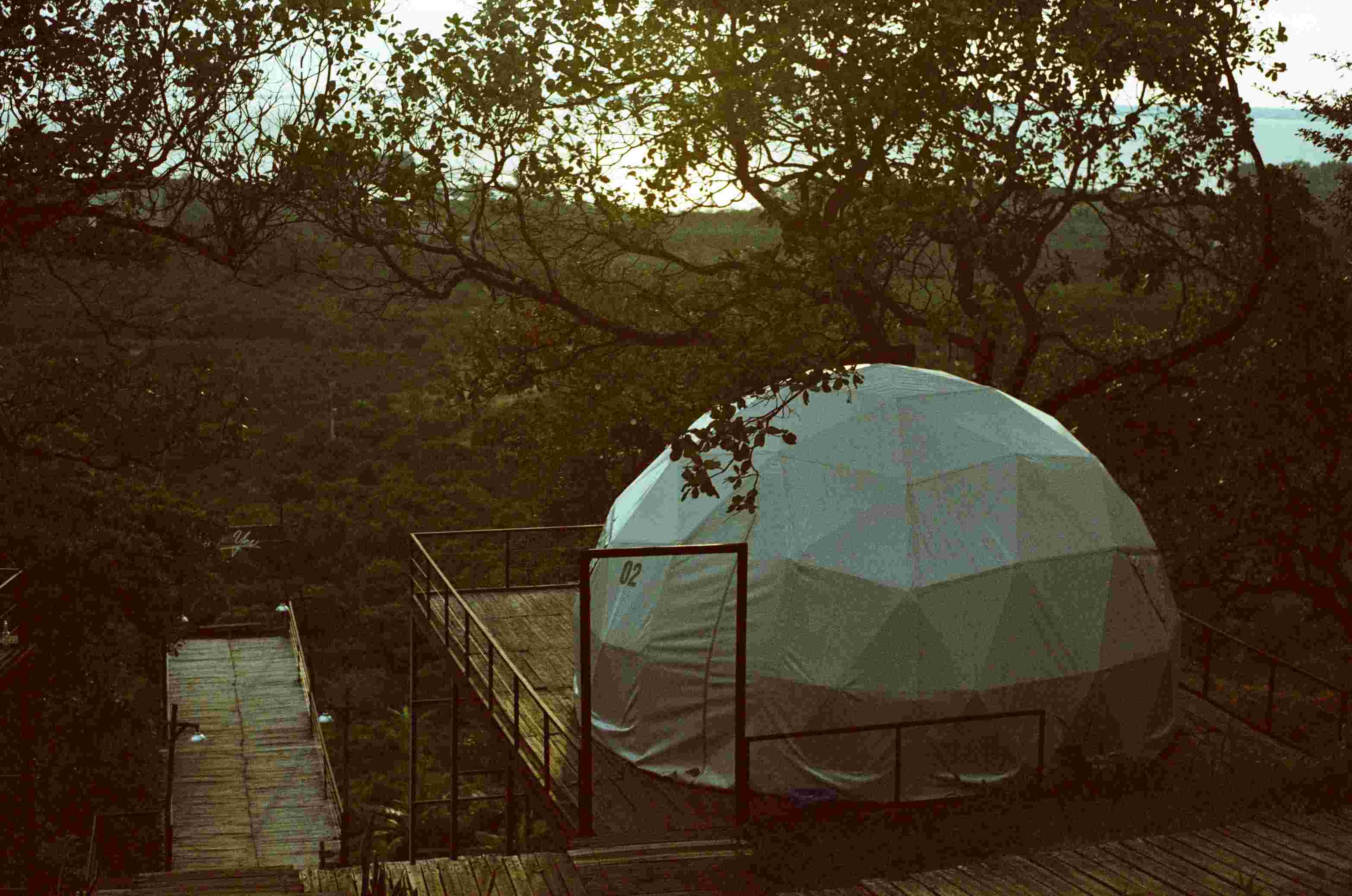
Do Camping Pods Qualify for Capital Allowances

Do camping pods qualify for capital allowances?
Find out in this informative article where we explore the criteria for qualifying structures, the features of camping pods, and the depreciation rates associated with them.
Discover tips on how to maximize capital allowances for camping pods.
Whether you’re a business owner or a property investor, understanding the potential tax benefits of camping pods is essential.
So, let’s dive in and uncover the truth behind capital allowances for these unique accommodations.
The Definition of Capital Allowances
If you want to understand the definition of capital allowances, it’s important to know the key terms and concepts involved.
Capital allowances are a form of tax relief that businesses can claim on certain assets they acquire for their business.
The criteria for claiming capital allowances include the asset being used for business purposes and being owned by the business.
Types of assets eligible for capital allowances include machinery, vehicles, equipment, and certain buildings.
Understanding the Criteria for Qualifying Structures
To understand the criteria for qualifying structures, you need to know the specific requirements that must be met. Here are three key criteria for eligibility that can help you determine if a structure qualifies for tax benefits:
-
The structure must be used for a qualifying purpose, such as providing accommodation for employees or customers.
-
It must be a permanent and integral part of the property.
-
The structure shouldn’t be used for any non-qualifying purposes, such as storage or leisure activities.
Examining the Features of Camping Pods

You may be wondering what features make camping pods unique and appealing for outdoor enthusiasts. Camping pod design focuses on providing a cozy and comfortable space while being eco-friendly. These pods are often made from sustainable materials and designed to minimize their environmental impact. They typically include features such as insulation for temperature control, ventilation systems for fresh air, and efficient lighting options. With their compact size and efficient use of space, camping pods offer a convenient and sustainable alternative for camping experiences.
| Features | Benefits |
|---|---|
| Sustainable materials | Reduced environmental impact |
| Insulation | Temperature control |
| Ventilation systems | Fresh air circulation |
| Efficient lighting | Energy conservation |
Exploring the Depreciation Rates for Camping Pods
When considering the depreciation rates for camping pods, it’s important to understand how they can impact your capital allowances. Here are three key points to consider:
-
Depreciation rates: Camping pods are typically considered moveable assets and are subject to a depreciation rate of 20% per year for tax purposes. This means that their value decreases by 20% each year.
-
Tax benefits: The depreciation of camping pods allows you to claim capital allowances, reducing your taxable income. This can result in significant tax savings over time.
-
Consult an expert: To fully understand the depreciation rates and tax benefits of camping pods, it’s advisable to consult with a tax professional who can provide guidance tailored to your specific situation.
Tips for Maximizing Capital Allowances on Camping Pods

By understanding the various strategies for maximizing capital allowances on your camping pods, you can potentially increase your tax savings.
When claiming capital allowances on unique structures like camping pods, it’s important to ensure that you have a detailed record of all the costs associated with their construction or purchase.
Additionally, it’s crucial to accurately classify your camping pods as specialized accommodations to avoid common mistakes that could lead to a reduction in your capital allowances.
Conclusion
As you wrap up your camping adventure in your cozy pod, you may be wondering if these structures qualify for capital allowances.
By understanding the criteria and features of camping pods, you can determine their eligibility for depreciation rates.
Remember to make the most of your capital allowances by following tips and maximizing the benefits.
So, as you plan your next outdoor getaway, keep in mind the potential tax advantages that come with your camping pod.
Disclaimer: Some information is provided through AI. Users should always conduct their own research and consult with qualified professionals before making any decisions.Affiliate information declaration: We may earn revenue from the products referred on this page and participate in affiliate programs.


